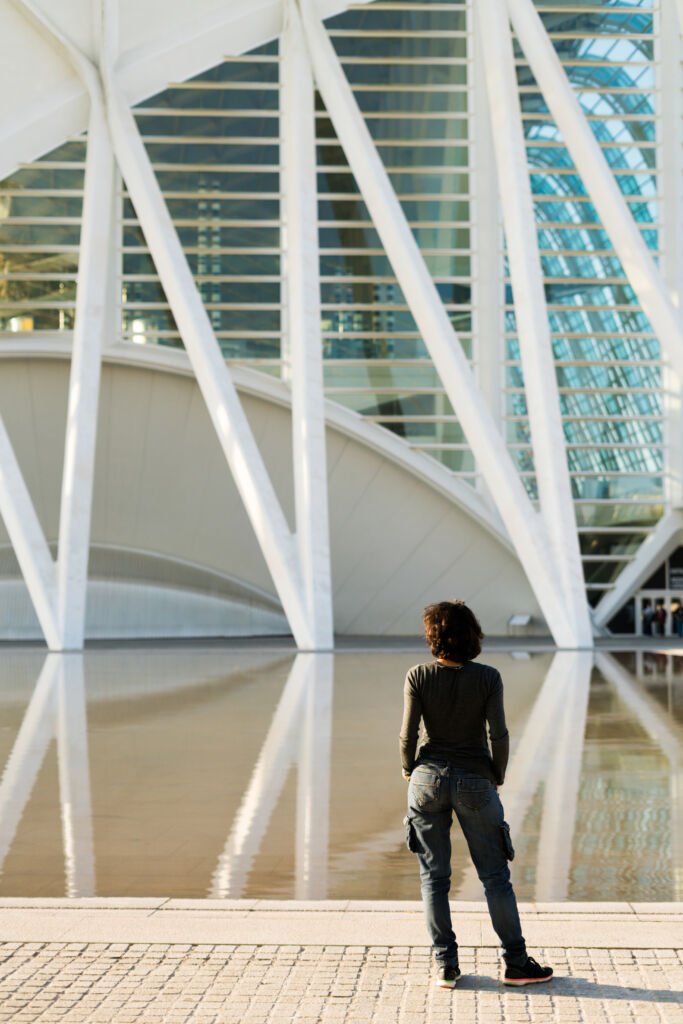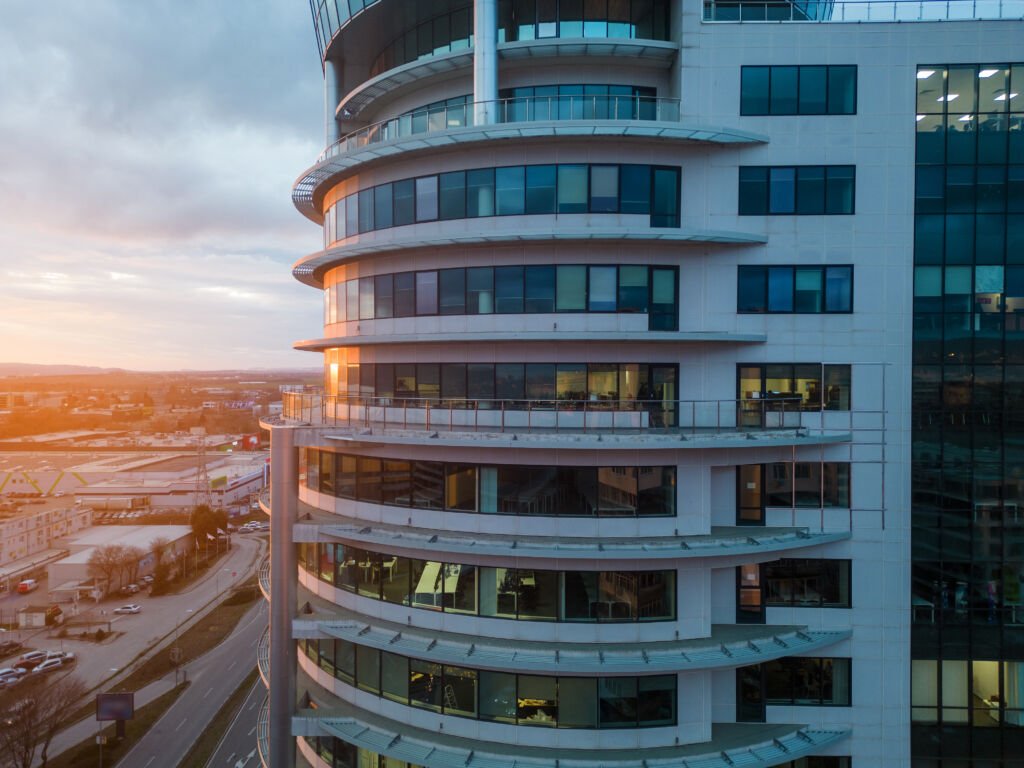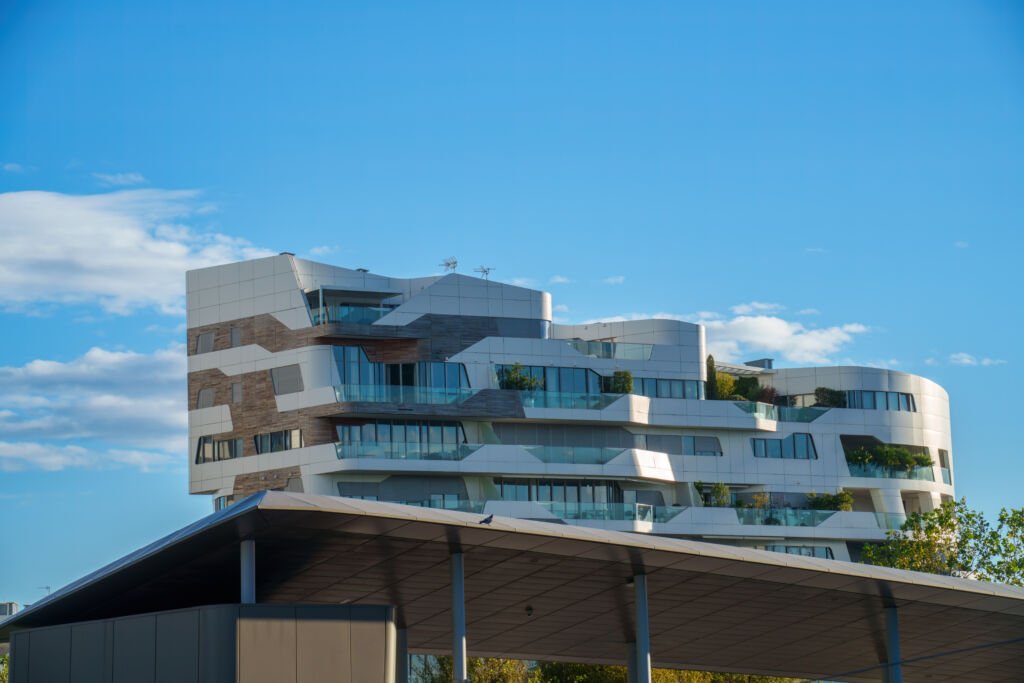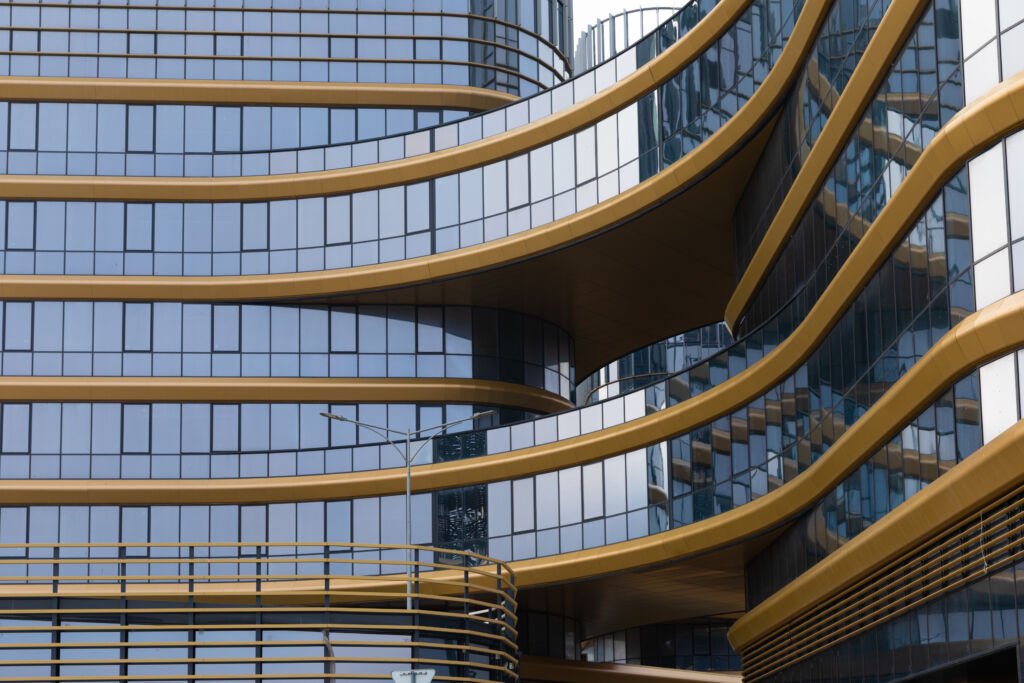
Exploring Modern Architecture: A Fusion of Innovation and Aesthetics
This architecture stands as a testament to human creativity and technological advancement. This design style, which emerged in the late 19th and early 20th centuries, continues to evolve, offering fresh perspectives and innovative solutions. In this blog, we will delve into the key characteristics of modern architecture, its historical context, and its influence on contemporary living.
The Foundations of Modern Architecture
To truly appreciate this architecture, it’s essential to understand its roots. The movement gained momentum with pioneers such as Frank Lloyd Wright and Le Corbusier. These architects challenged traditional styles, opting instead for designs that prioritized functionality, simplicity, and a connection to nature. As a result, this architecture began to favor clean lines, open spaces, and the use of new materials like glass and steel.

Key Characteristics of Modern Architecture
- Simplicity and Minimalism
One of the hallmarks of modern architecture is its emphasis on simplicity. This design ethos often results in structures that are devoid of unnecessary embellishments. For instance, the famous Villa Savoye by Le Corbusier showcases a minimalist aesthetic, focusing on form and function rather than decorative elements. - Open Floor Plans
In contrast to traditional compartmentalized layouts, modern architecture embraces open floor plans. This approach enhances natural light and creates a sense of flow between spaces. Homes designed in this style often feature large windows and seamless transitions between indoor and outdoor environments. - Integration with Nature
Modern architecture seeks harmony with its surroundings. Many modern buildings incorporate natural elements, such as gardens or water features, creating a tranquil atmosphere. This connection to nature is not just an aesthetic choice; it also promotes well-being and sustainability. - Use of Industrial Materials
The use of materials such as concrete, glass, and steel is another defining feature of modern architecture. These materials not only provide structural integrity but also contribute to a sleek, contemporary look. The combination of these elements often results in striking visual contrasts and unique architectural forms.


The Evolution of Modern Architecture
Over the decades, modern architecture has evolved, adapting to changes in technology, culture, and environmental concerns. For instance, the rise of sustainable architecture has led to the incorporation of eco-friendly materials and energy-efficient designs. Today, architects are more focused than ever on creating buildings that are not only aesthetically pleasing but also environmentally responsible.
Influential Modern Architects
Several architects have significantly impacted the architecture landscape:
- Frank Lloyd Wright: Known for his philosophy of organic architecture, Wright designed structures that harmonize with their environment. His iconic falling water exemplifies this approach, blending seamlessly with the surrounding waterfall.
- Le Corbusier: A pioneer of modernist architecture, Le Corbusier emphasized functionalism and modular design. His work laid the foundation for many contemporary architectural practices.
- Zaha Hadid: A modern icon, Hadid’s innovative designs often feature bold, fluid shapes. Her works challenge conventional notions of space and structure, pushing the boundaries of what it can achieve.
The Impact of Modern Architecture on Society
This has profoundly influenced our daily lives. The design of public spaces, homes, and commercial buildings has shifted towards creating environments that foster community interaction and well-being. For instance, the incorporation of green spaces in urban planning promotes healthier lifestyles and enhances social connectivity.
Moreover, it is pivotal in addressing global challenges such as climate change. Sustainable designs prioritize energy efficiency, reducing carbon footprints and promoting eco-conscious living. As more architects adopt these principles, the impact of this on the environment will only continue to grow.

Conclusion: The Future of Modern Architecture
As we look ahead, the future of modern architecture appears bright. With ongoing advancements in technology and a heightened awareness of sustainability, architects are poised to create even more innovative designs. The integration of smart technology into buildings, for instance, is becoming increasingly prevalent, allowing for enhanced energy management and user experience.
In summary, modern architecture is not just about aesthetics; it’s about creating functional, sustainable spaces that enrich our lives. By embracing simplicity, openness, and a connection to nature, this architectural style continues to shape our built environment in meaningful ways. Whether you are an architecture enthusiast or simply curious about design, exploring modern architecture reveals a world of creativity and possibility.http://www.seahawkarchplanners.com

